World War And The Plan To Control Or Kill Young Western Men
Written by Brandon Smith via Alt-Market.us
When I think of the recent assassination of Charlie Kirk I see the event as symbolic of the death of civil discourse in the west. The timeline split at that moment leaving two distinct groups: The conservatives and centrists who cling to the fantasy that progress through traditional politics is still possible, and the patriots who now realize that a peaceful resolution is unattainable.
I also see it as symbolic of a deeper element of the culture war – Specifically, the war on young white western men. Kirk was 31 at the time of his death. Not “young”, but almost 15 years younger than I am, and it has left me thinking about the future for the next generation of western males at a time when the system is obviously hellbent on destroying them.
They have been the subject of economic warfare through DEI: Corporations and colleges give first shot to any identity group other than white males regardless of merit.
They have been targeted by social warfare: Demonized as irredeemable monsters by woke cancel culture and labeled the cause of all the world’s ills. Their ancestors built a civilization of unprecedented prosperity and so much material bounty even the poorest people are fat. They created the middle class, a concept which had never existed before in history. In 1890 the average global life expectancy was 42 years; by 1990 the average life expectancy was 73 years, all because of western civilization and the technology it created. And now, white guys are being punished for it.
They have been selected for extermination: They’re the key demographic that leftist governments want to use as cannon fodder for a mindless geopolitical mess in Ukraine.
Charlie Kirk’s biggest mistake was believing that the system could be defeated through peaceful discourse. He was wrong. It’s not just the insanity of the political left that makes peace and reason impossible, there’s also the machinations of globalist controlled governments working tirelessly to conjure a perpetual meat grinder through domestic and foreign conflicts.
One indicator of a coming purge is the open call for young men (specifically conservative men) to accept the idea of future conscription. Multiple EU member states have threatened to institute a military draft if volunteer numbers do not dramatically increase (so much for “democracy”). The purpose of the draft? To construct an EU army large enough to go toe-to-toe with Russia.
As I predicted in my article “World War III Is Now Inevitable – Here’s Why It Can’t Be Avoided”, published in April of 2024, the globalists in Europe are doing everything in their power to stop a peace plan from moving forward in Ukraine. They have been actively sabotaging the Trump Administration’s efforts for a summit which actually includes Russia instead of cutting them out of the process.
At the same time that a greater war is being fomented, there has been a relentless gnawing crusade to demoralize young white men. One could rightly say that this campaign also affects some minority men in places like the US, but let’s not play games – The primary target is without a doubt white western males.
Why? It’s hard to say for certain, but when patriots are called to action it’s usually white conservative men that answer. Minorities (third world migrants in particular) are far more inclined to lean into socialism and view western civilization as a structure to be torn down rather than protected.
This attitude is changing in some areas of South America, for example, but the fact remains that if you visit a developing nation, chances are high that free markets and individual liberty are not common societal values. It’s not racial profiling, it’s simply statistical fact.
In Europe, the current goal of the establishment is to crush the spirits of western men while protecting migrants as a precious commodity. In the UK, the narrative is focused like a laser on white conservative males as public enemy #1, while simultaneously demanding that these same men “prove their patriotism” by fighting for the elites against Russia.
I was watching a news broadcast from the BBC a few months ago in which a male journalist of military age tried to argue rational points on why men in Britain are reticent to go to war for the existing government. He noted that they do not believe that the leftist politicians in power represent them anymore and they feel they are being rapidly replaced by third worlders with hostile ideologies. Why would they fight for such a government?
A black female journalist involved in the discussion sneered at the man’s argument, then grinned as she asserted that nothing he says matters because he could be drafted whether he likes it or not. It was the evil grin of a communist – She knows she’s part of the protected class. She knows that he can be sent to die no matter how logical and reasonable his position, Meanwhile, she risks nothing in her support of continued war.
She was reveling in the idea of white conservative men being expendable. It’s the leftist dream, is it not? To turn their political opponents into beasts of burden and fuel for the fire of their Utopian fantasy. They don’t care about being correct, or moral; they just want to crush the life out of people who disagree with them.
Progressives in Europe have taken to social media asserting that conservative men should BE SENT FIRST to war; because they are better mentally suited to combat (because conservatives are violent monsters, remember?). They are also easy to sacrifice in the name of the grand progressive experiment. There is, of course, no talk of sending the millions of military age migrant men in Europe to the front lines in Ukraine.
Again, I predicted this exact scenario in my article “Europe Goes Full Totalitarian And Puts The Entire Western World At Risk”, published in March. I stated:
“I would go even further and say that in the event of war with Russia native born citizens will be rounded up for conscription while most migrants are left behind to run the streets of London, Paris and Berlin. I believe the migrants are enforcers to keep any potentially defiant Europeans in line. Many empires and monarchs throughout history have used foreign mercenaries as muscle to prevent local rebellion. The politicians in the EU and UK are following a similar strategy…”
I’ve identified at least three separate propaganda narratives and political agendas that are working in tandem as a weapon against western men. These mechanisms are highly coordinated across social media, with mainstream news platforms, politicians and influencers repeating the same talking points as if they all received the same script.
Lazy, Apathetic, Angry And Dangerous To SocietySocial media is rife with this disinformation claim – Often perpetuated by female influencers, they assert that young men are no longer engaging with modern women and he liberal order because they are “porn addicted”, lack motivation and have no direction. They say that young males have abandoned society and that this makes them volatile and prone to unpredictable violence.
Nothing could be further from the truth. Young men are simply building their own separate society which preserves western values and protects their heritage from the ravages of deconstructionists. Feminists and establishment shills are worried about men walking away because then they can’t exploit those men for their labor and resources anymore. By extension, when men separate from the liberal herd, they have greater independence and a greater potential to rebel.
I would argue that the “incel” narrative widely promoted in the past decade by the political left has nothing to do with sincere concerns about the mental health of young men. Rather, it’s all about controlling those men before they go rogue against the establishment.
Using Economic Hardship And War To Weed Out The StrongIn George Orwell’s novel “Animal Farm”, the communist Pigs seek to dominate the other animals by keeping them busy with arduous (but empty) acts of labor. They use this aimless labor to break the backs of the strongest animals on the farm. The horse named “Boxer” is a true believer in the common good of the collective, but the Pigs see his strength as a potential threat to their long term rule.
They exploit Boxer’s patriotism and ultimately work him to death. They then sell his body to a slaughterhouse despite his faithful service to the farm.
If you are a young man and a patriot in the west and primarily in Europe, YOU are Boxer the horse. They will send you off to slaughter in the name of the collective because you represent potential opposition. They will use economic decline as a means to pressure you into conformity, or leave you no other option but to join the military. They will then celebrate your death, because they nullified your strength without ever having to fight you directly.
Young Men, The Warrior Class And The Weak ElitesAnother story I’m often reminded of when contemplating the plight of young men is “The 47 Ronin”. The basic theme is one of justice vs. law and government corruption. When the benevolent lord of a samurai fiefdom is assassinated by another lord, his soldiers call for justice. However, the government intervenes and disrupts any investigation into the murder.
They know the opposing lord is a criminal, but he is also an elite valuable to the power structure. He is one of them, and to punish their own is to bring the entire feudal system into question in the eyes of the nation. They allow him to escape consequences for the sake of the “greater good.”
The samurai, though, do not share in this “enlightened” vision of gray morality. They see everything as black and white; honorable and dishonorable. They make a plan to kill the enemy lord who murdered their master.
I find this story to be the most profound when it comes to explaining the way in which men are treated by modern liberal society, specifically white men in the west. At the end of The 47 Ronin, the samurai succeed in killing the corrupt lord, but they are then required to commit mass suicide or face dishonorable execution as criminals.
They are warriors that have gone rogue; they have exited the societal reservation. They have become the most dangerous thing in existence: Honest men willing to act outside the law. And so, they must die for the sake of the status quo.
What I see going on today is a perverse agenda to control western men and keep them subservient. The agenda stifles the next generation, through nihilist propaganda, through the apathy of the political circus, and by conditioning those men to see themselves as a dispensable utility. If the system can’t control these men, it will try to kill them by creating a war big enough to thin their ranks by attrition.
The elites view the warrior class as the ultimate danger, and young western men represent the best chance of a renewed warrior class. If these men ever realize their true power, the weakling elites would be wiped off the face of the Earth within moments. I hear the argument often that this kind of rebellion is meaningless without a detailed plan to rebuild. This is another means of control – Demand a perfect solution before action is ever taken so that nothing ever gets done.
Warriors understand that reformation only comes from the will to take action; the will to create momentum. They understand that civil discourse has its place, but if all it does is maintain the status quo then it must be abandoned. Warriors understand that the worst thing one can do is debate the obvious while the world burns.
Views expressed in this article are opinions of the author and do not necessarily reflect the views of ZeroHedge.
Tyler Durden Thu, 12/25/2025 - 22:30


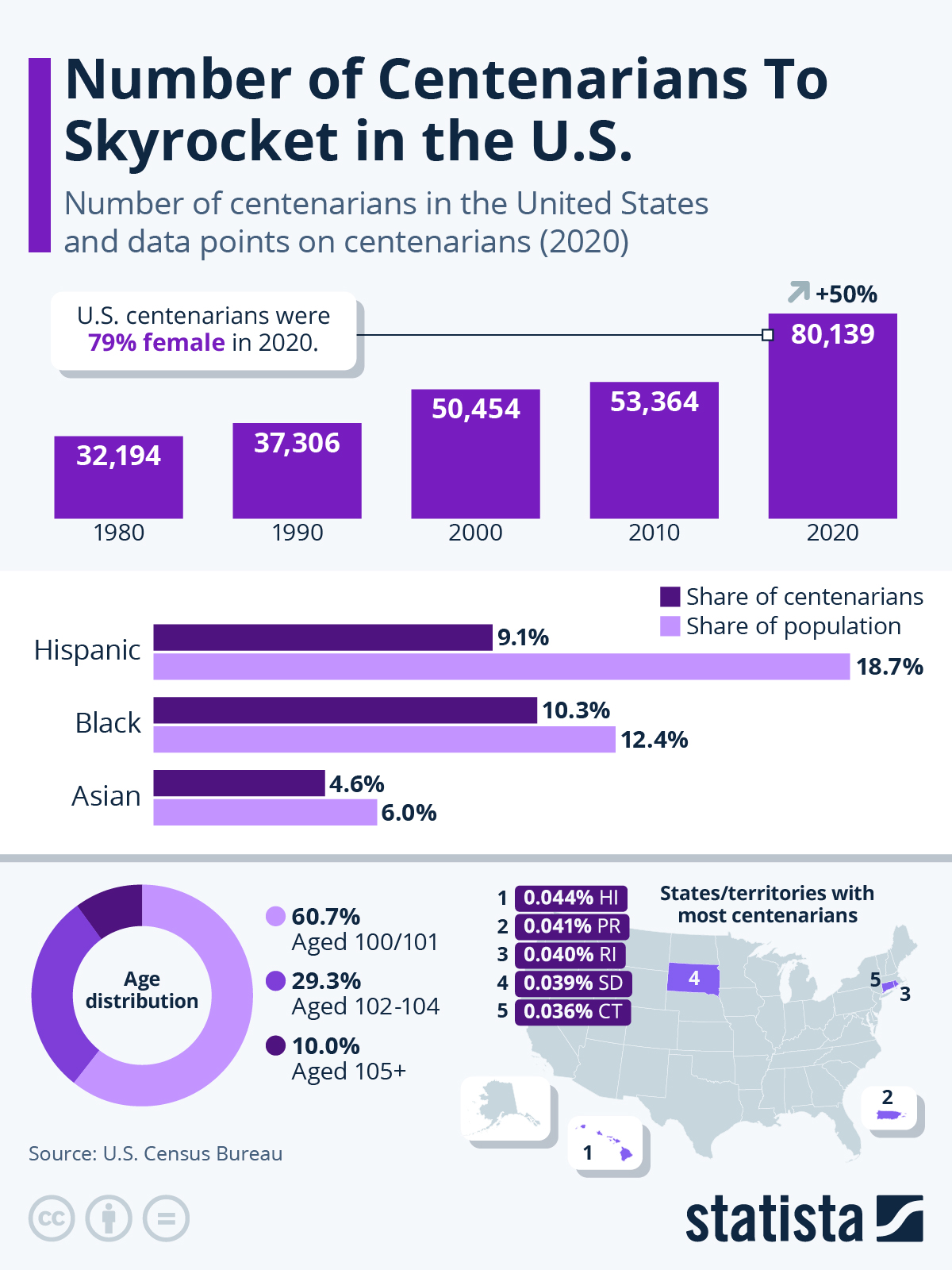
 Chicago Herald-American
Chicago Herald-American
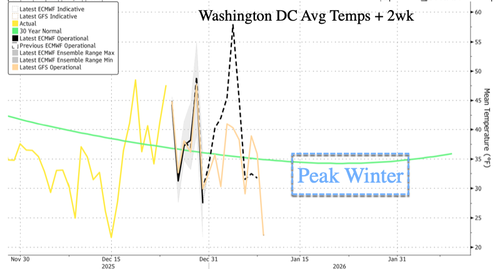

 Eli Feldstein says Prime Minister Netanyahu was part of a scheme to leak classified information to foreign media to bolster his standing
Eli Feldstein says Prime Minister Netanyahu was part of a scheme to leak classified information to foreign media to bolster his standing  Netanyahu recently hosted Sen. Lindsey Graham in Israel
Netanyahu recently hosted Sen. Lindsey Graham in Israel 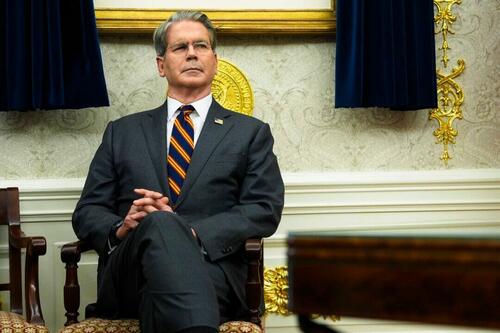 Treasury Secretary Scott Bessent in the Oval Office of the White House on Nov. 21, 2025. AP Photo/Evan Vucci
Treasury Secretary Scott Bessent in the Oval Office of the White House on Nov. 21, 2025. AP Photo/Evan Vucci

 Waste of the Day 12.23.25 Open the Books
Waste of the Day 12.23.25 Open the Books
 The 2019 Macy's Thanksgiving Day Parade featured a candy cane float. Public Domain
The 2019 Macy's Thanksgiving Day Parade featured a candy cane float. Public Domain Candy canes were first made by hand out of sugar syrup using the same hammering and rolling methods that are used in glasswork. Belbury/CC BY-SA 2.0
Candy canes were first made by hand out of sugar syrup using the same hammering and rolling methods that are used in glasswork. Belbury/CC BY-SA 2.0 Regardless of their varied origin stories, striped candy canes are now ubiquitous in the Christmas season. Anrie/CC BY-SA 2.0
Regardless of their varied origin stories, striped candy canes are now ubiquitous in the Christmas season. Anrie/CC BY-SA 2.0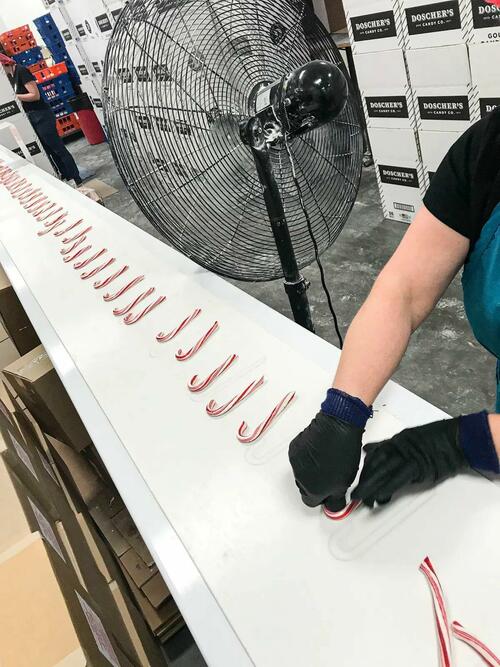 Each candy cane at Doscher’s Candies is hooked by hand. Courtesy of Greg Clark
Each candy cane at Doscher’s Candies is hooked by hand. Courtesy of Greg Clark Jonathan Ross, chief executive officer of Groq
Jonathan Ross, chief executive officer of Groq 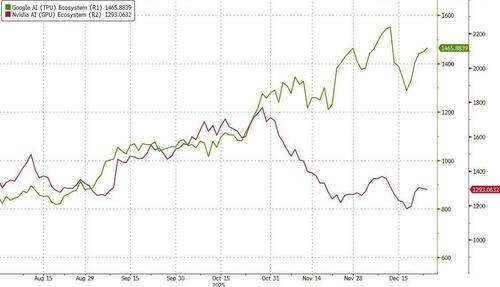
 Palestinian Orthodox Christians will observe Christmas on January 7 according to the pre-Gregorian calendar, while Catholics are celebrating on Dec. 25.
Palestinian Orthodox Christians will observe Christmas on January 7 according to the pre-Gregorian calendar, while Catholics are celebrating on Dec. 25.















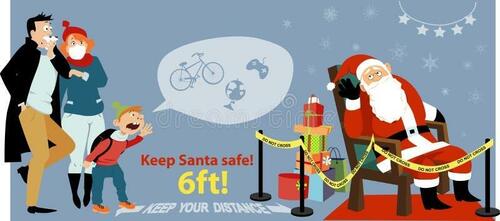
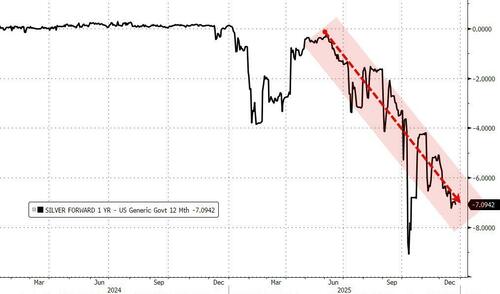

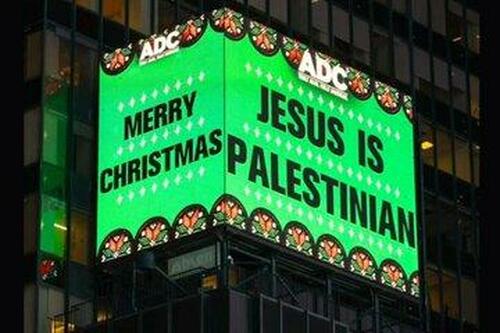


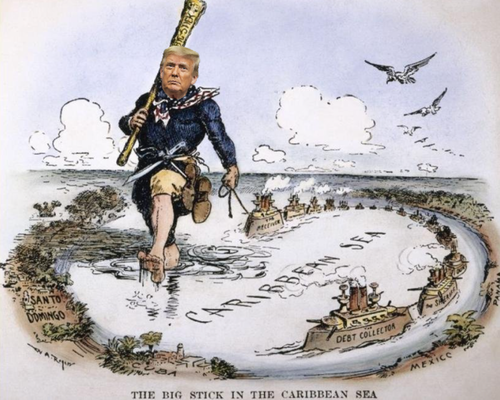




Recent comments